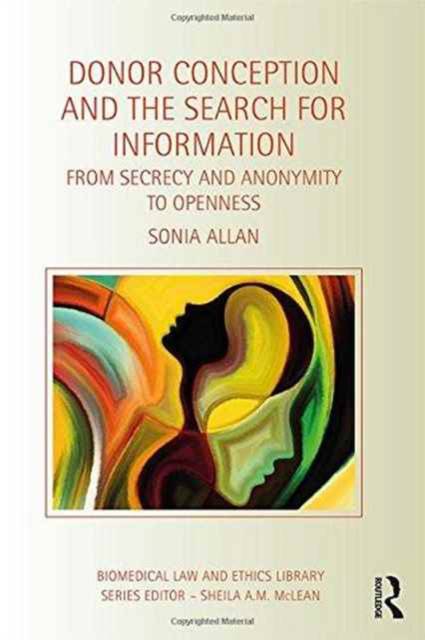
- Retrait gratuit dans votre magasin Club
- 7.000.000 titres dans notre catalogue
- Payer en toute sécurité
- Toujours un magasin près de chez vous
- Retrait gratuit dans votre magasin Club
- 7.000.0000 titres dans notre catalogue
- Payer en toute sécurité
- Toujours un magasin près de chez vous
Description
This book examines donor conception and the search for information by donor-conceived people. It details differing regulatory approaches across the globe, including those that provide for 'open-identity' or anonymous donation, or that take a 'dual-track' approach. In doing so, it identifies models regarding the recording and release of information about donors that may assist in the further development of the law, policy and associated practices. Arguments for and against donor anonymity are considered, and specifically critiqued. The study highlights contrasting reasoning and emphasis upon various interests and factors that may underpin secrecy, anonymity or openness. The book will be of value to academics, students and legal practitioners involved with this area. It is also relevant to policy makers, health practitioners and anyone with an interest in the subject.
Spécifications
Parties prenantes
- Auteur(s) :
- Editeur:
Contenu
- Nombre de pages :
- 274
- Langue:
- Anglais
- Collection :
Caractéristiques
- EAN:
- 9781409446392
- Date de parution :
- 16-11-16
- Format:
- Livre relié
- Format numérique:
- Genaaid
- Dimensions :
- 163 mm x 234 mm
- Poids :
- 589 g

Les avis
Nous publions uniquement les avis qui respectent les conditions requises. Consultez nos conditions pour les avis.






